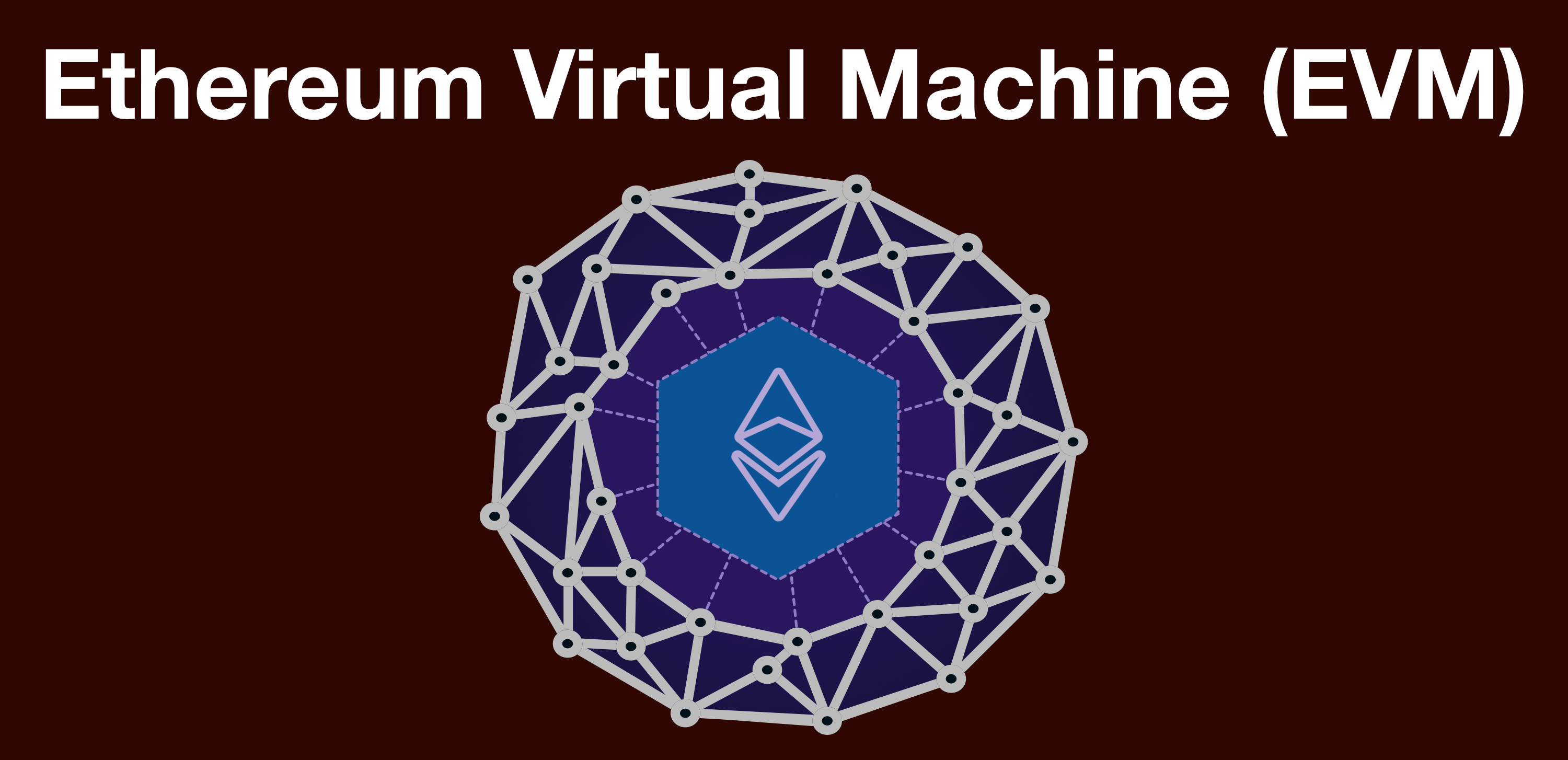
¶ Ethereum Virtual Machine (EVM)
¶ Prerequisites
¶ Virtual Machine
A Virtual Machine (VM) is a computer program that emulates a complete, independent computer system entirely within another computing environment. Instead of developing software for a specific machine or type of machine, a VM allows development into a neutral environment.
Imagine running a copy of Windows as an application on your Mac.
The computing environment offered by the VM will be exactly the same, regardless of what real-world computer it is running on.
VMs are nearly as old as modern computing; today they have many uses across nearly every use of technology.
¶ Shared Platform
Regardless of how varied the application, the through-line is the same: VMs provide a uniform computing platform across an unpredictable range of hardware.
Our discussions thus far have discussed VMs from the perspective of developers, but now let's take a different look.
Let's think about what a uniform computing platform means for consumers.
A basic VM is a single program that exists on a specific computer. It provides an environment with the exact same rules as any other copy, but it doesn't provide the SAME environment.
If we are both running the same VM and I save a document on mine, it wont appear in yours.
Now let's imagine world where VMs can actually provide the SAME environment.
¶ Credibly Neutral Rules
There's a lot of reasons why we would be interested in this, but I stay focused on the most important: If you exist within the same environment, you know you share the same constraints.
Anyone who choses to enter the VM has implicitly decided to follow the rules set forth by the VM.
No special hardware (and performance edge), no special access, no administrative privilege.
A credibly neutral environment for all that enter.
At this point it's time to bring in the hero of our story: the Ethereum Virtual Machine (EVM).
¶ Ethereum Virtual Machine
Deep Dive: Ethereum State Machine
The EVM is the computing platform of Ethereum, kept alive by the Ethereum network and enshrined in the Ethereum blockchain.
Together, these 3 parts form the World Computer.
Technically speaking, is a Turing-complete distributed state machine - but don't worry about this specific classification.
The purpose of the greater Ethereum apparatus is to offer a single shared computing platform in a manner that is secure, decentralized and permanently open for ALL.
Anyone with an internet connection (and gas money) can interact with the World Computer.
¶ Inside the EVM
¶ Entities
Within the EVM, there are a few entities:
- Accounts - representing real people who are using the World Computer
- Contracts - representing a program that exists inside the EVM.
- Contracts are accounts that are controlled by the code
- Objects - representing tokens, NFTs and anything else that can be represented within the EVM
- remember, the EVM is Turing-complete; any object can be represented in the EVM
- ETH - the fuel/electricity/energy/currency of the World Computer
¶ Properties
The EVM has these critical properties:
- Everything the EVM does is recorded into blocks and is added to the (public) blockchain
- Anything recorded in the blockchain cannot be undone
- All objects have owners and cannot be altered without the permission of their owner
Thus, the EVM provides a generalized, credibly neutral computing environment with a native notion of property.
¶ A Single EVM
After we understand what the EVM is, the next question is simple... in fact it has been hanging over us for a while now:
How do you get share one single instance of the EVM across multiple different computers... let alone the globe?
The obvious solution is to just run a single copy of the EVM and let everyone log in. Maybe in an infinitely scalable cloud computing platform, maybe in a wholly-owned server farm maintained by the Ethereum Foundation.
Problem solved?
Let's remember the EVM's 3 critical properties:
- compulsory (public) record keeping
- immutable history
- equal access
If we run a centralized EVM, we can't guarantee any of these; we are always relying on the good faith of the people running the computers.
Maybe the custodians are acting in good faith today, and maybe they continue in perpetuity, always doing their best effort to enact these properties.
Alas, regardless of how hard they try, they will always fail in the third. They will always have privileged access.
¶ Decentralization
Instead of centralizing the EVM, what if we did the opposite?
What if we let anyone access it by running a copy at home and then syncing it up to the rest of them?
The blockchain provides a record of everything that happened so far, a fresh EVM can just catch up.
Boot up the EVM, skip through the blockchain and you're good to go! The moment you're in sync, you're tapped into the World Computer!
¶ Staying in Sync
...now how do we progress it forward?
How do thousands of independent EVMs ensure they all make the exact same move at the same time?
In 2008, Satoshi Nakamoto gave us a path forward, but it wasn't until Vitalik Buterin launched Ethereum in 2015 that we had a true solution.
But that's a story for next time; the story of EVM consensus.
That's the magic of blockchain technology!
¶ Resources
- Further Reading
Original Material - Twitter Link
Original Material - PDF